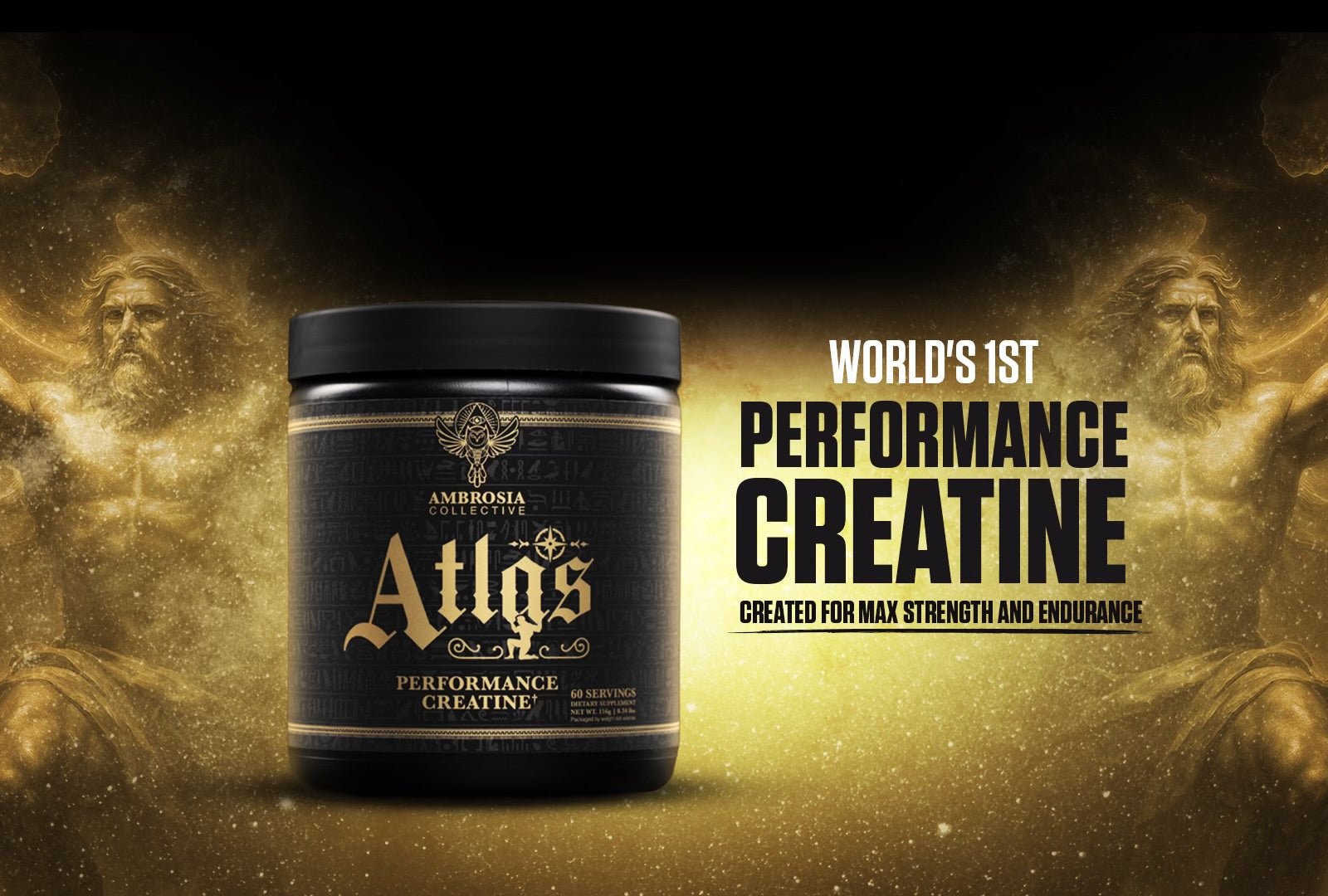We’ve all experienced this sensation. When you’re on a plane, descending down to the runway, there’s a point where you’re low enough that you can look out the window and see cars and people moving around below you. This unique perspective allows you to take in all of these lives at once, each as passionate and detailed as your own life.
It’s such an interesting perspective and I love that we have a word that describes it.
But there’s another word that not many people know what it really means, and that’s “bioavailability.” This is a word you’ve probably seen or read in nutrition articles or on the sides of product packaging.
It’s one of those words whose name allows you to make a pretty good guess at its meaning.
But what does bioavailability actually mean? How do we measure it? Why do some nutrients have high bioavailability while others have low bioavailability?
Let’s dig into it.
What is Bioavailability?
Bioavailability applies to pharmaceutical drugs and also to nutritional science. With pharmaceutical drugs, bioavailability is extremely concrete. It’s the measurement of how much of a drug reaches its “target site” or the “site of action.” For something like aspirin, this would be how much of the active ingredient in the pill you swallowed actually gets to your aching elbow.In nutrition, it’s different. Why? Because with nutrition, the bioavailability of nutrients changes depending on your body’s current nutritional state.
For example, if you are deficient in Vitamin C and you eat a strawberry (high in Vitamin C), your body might extract more of it than in someone who does not lack that particular vitamin.
So with nutrition, bioavailability means the proportion of the consumed nutrient that’s able to be absorbed and used by your body.
What is High versus Low Bioavailability?
So what factors influence the degree of bioavailability in a nutrient?
To answer that, we have to get more technical about our definition of bioavailability.
Technically, bioavailability is the fraction of an administered “dose” of nutrients that reaches the systemic circulatory system.
Systemic circulation is the portion of your circulatory system that carries oxygenated blood away from your heart to the rest of your body. Nutrients get into this system and are delivered across your body.
So how do nutrients get to the systemic circulatory system? Well, there are several ways.
One way is through intravenous injections. When you get an IV stuck in your arm it delivers 100% of the nutrients straight into your system. This method has 100% bioavailability. There are no barriers to cross, no digestion. With IV, it’s just boom, straight into your system.
However, the most common way nutrients get into systemic circulation is through oral ingestion.
But here’s where bioavailability starts to suffer.
Nutrients move from your stomach into your gastrointestinal tract, then into your liver, and then into your systemic circulation. Each one of those steps reduces bioavailability.
There is a term for this inefficiency: it's called first pass metabolism. The nutrients have to get broken down, pass through barriers, and get metabolized before they even reach your bloodstream--in fact, some of them never do.
Now, there are certain characteristics that will influence how much of a nutrient dose reaches your systemic circulation. Small particles tend to have higher bioavailability than larger ones. Some nutrients have poor solubility, meaning they do not dissolve in water easily.
Let me give you a real-world example. Curcumin is a polyphenol found in turmeric. It’s incredible for your health. It’s got a ton of benefits, reducing inflammation is just one of them.
However, orally ingested curcumin has terrible bioavailability. The reason why is that curcumin is highly hydrophobic. That means curcumin repels water, it’s very difficult to dissolve. Check it out:
In order to increase the bioavailability of curcumin, you have to use curcumin nanoparticles called HydroCurc™ (the jar on the right). These nanoparticles reduce the hydrophobicity of curcumin and allow your body to use more of it. I could go on forever about curcumin.
Other Factors that Influence Bioavailability
There are other factors that can compound the normal, natural roadblocks to bioavailability. Here are a few of them.
- Age - Infants and elderly people tend to not be able to absorb as many micronutrients.
- Digestive problems - If you suffer from a digestive disorder like IBS or Crohn’s, it likely means your nutrition has lower bioavailability.
- Gut health and flora - The health of the bacteria and microbiome in your gut can also increase or decrease bioavailability.
- Liver disease - Ailments like cirrhosis can actually increase the bioavailability of some nutrients since liver function is decreased.
Bioavailability of Macronutrients
I want to make one final note about bioavailability and macronutrients like protein, fats, and carbohydrates. With macronutrients, you don’t really need to worry about bioavailability. In fact, macronutrients can be up to 90% bioavailable. The issue is really more with micronutrients and vitamins.
How to Increase Bioavailability
Here are a couple ways you can increase the bioavailability of nutrients in your food.
- Chew - Your food has all of the nutrients locked away inside of it. Your stomach acid and digestive enzymes can only do so much. You can help them out a lot by chewing your food better.
- Eat some healthy fat - Lots of vitamins and minerals only dissolve in fat, not water. So eating healthy oils like olive oil can help you absorb more of them.
- Use a probiotic - Like I said above, your digestive health can greatly reduce the bioavailability of certain nutrients. Keep your gut happy and healthy with a probiotic.
- Drink water - Your digestive system needs water to work. Make sure you stay hydrated.
That’s all.
Live like a lion.
- Mike Rashid King
Golden® Super Turmeric
Your body loves the curcuminoids found in turmeric. Curcuminoids lower inflammation, boost antioxidant activity, and can even help your brain make new neural connections. But...curcuminoids don't really break down in water. This means your body can't get access to them. So if you take regular turmeric, you're probably not getting as much of the curcuminoids you need. Golden® Super Turmeric uses HydroCurc™ nanoparticles to dramatically increase the bioavailability of curcuminoids. Learn more.













